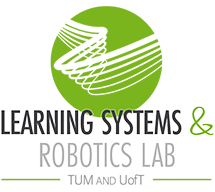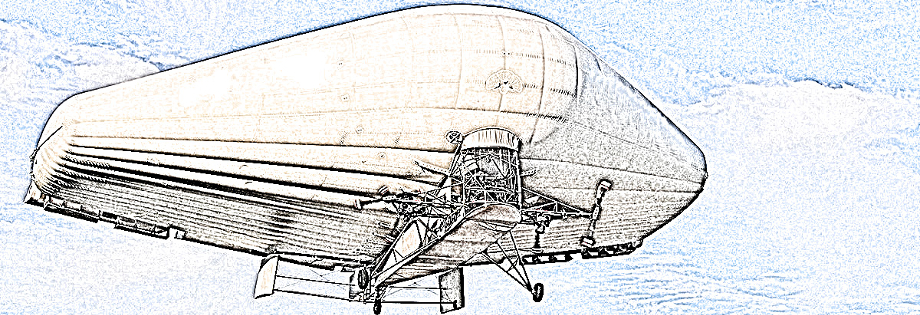Counter-Gust System for Hybrid Aerial Vehicles
The project objective of this project is to design and implement an automatic crosswind stabilization system for a new, hybrid aerial vehicle (relying on lift from aerodynamic effects and from buoyant gas). This type of vehicle has several advantages compared to fixed-wing planes, including the ability to take off and land on very short runways that do not need to be paved. This makes the vehicle very suitable for delivery of goods to remote regions with weak or no infrastructure. Despite its advantages, the large surface area of the vehicle’s wing makes it susceptible to wind disturbances, which prohibits safe taxiing, take-off and landing. Our approach to mitigate these effects is combining advanced wind estimation methods and predictive control algorithms into a counter-gust system.
Related Publications
Hybrid airships are heavier-than-air vehicles that generate a majority of the lift using buoyancy. The resulting high energy efficiency during operation and short take-off and landing distances make this vehicle class very suited for a number of logistics applications. However, the range of safe operating conditions can be limited due to a high susceptibility to crosswinds during taxiing, take-off and landing. The goal of this work is to design and implement an automated counter-gust system (CGS) that stabilizes a hybrid airship against wind disturbances during ground operations by controlling thrusters that are mounted to the wingtips. The CGS controller should compute optimal control inputs, run autonomously without pilot intervention, be computationally efficient to run on onboard hardware, and be flexible regarding adaption to future aircraft.
@INPROCEEDINGS{foerster-iser18,
author={Julian F. M. Foerster and Mohamed K. Helwa and Xintong Du and Angela P. Schoellig},
title={Hybrid Model Predictive Control for Crosswind Stabilization of Hybrid Airships},
booktitle={{Proc. of the International Symposium on Experimental Robotics (ISER)}},
year={2018},
pages={499-510},
doi={10.1007/978-3-030-33950-0_43},
urllink={https://link.springer.com/chapter/10.1007/978-3-030-33950-0_43},
abstract={Hybrid airships are heavier-than-air vehicles that generate a majority of the lift using buoyancy. The resulting high energy efficiency during operation and short take-off and landing distances make this vehicle class very suited for a number of logistics applications. However, the range of safe operating conditions can be limited due to a high susceptibility to crosswinds during taxiing, take-off and landing. The goal of this work is to design and implement an automated counter-gust system (CGS) that stabilizes a hybrid airship against wind disturbances during ground operations by controlling thrusters that are mounted to the wingtips. The CGS controller should compute optimal control inputs, run autonomously without pilot intervention, be computationally efficient to run on onboard hardware, and be flexible regarding adaption to future aircraft.},
}
